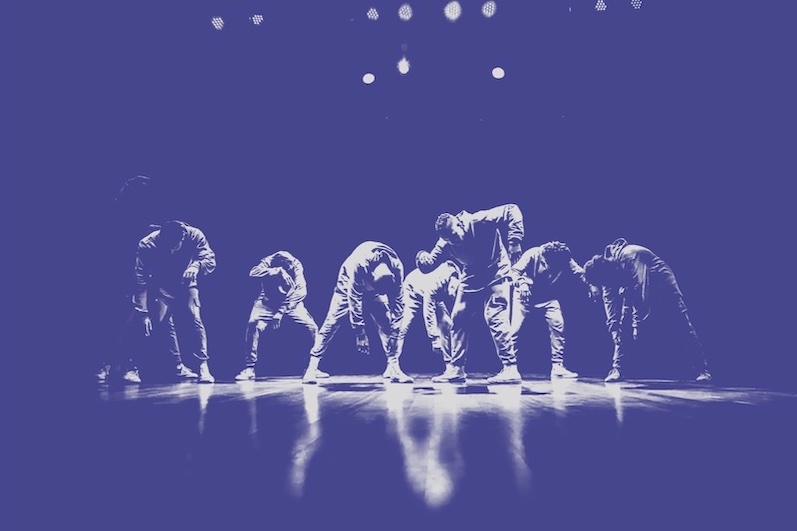What is it about?
For those who have access to them, social and digital media provide unparalleled opportunities for crossing borders of all kinds, allowing advocates for women’s rights to organize around, through, and despite national and cultural divides. In Inderpal Grewal and Caren Kaplan’s useful and insightful definition of transnational feminism, it is through these very practices of border crossing—including interactions facilitated via digital and social media—that unequal power relations within and between feminisms are revealed (2000, 73). In this essay I turn my attention to the specificities of this struggle in relation to campaigns addressing Violence Against Women, as illustrated by a recent Kenyan campaign called #JusticeforLiz.
Featured Image

Photo by Tim Mossholder on Unsplash
Why is it important?
In transnational interactions between African women’s rights activists and Westerners, the white (feminist) saviour complex threatens to undermine the project of cultivating solidarity. Social media campaigns addressing Violence Against Women in Africa can unwittingly play into this dynamic, even as they also facilitate connections that can challenge and resist such representations. Given that #JusticeforLiz could not challenge the white (feminist) saviour complex or the dominant discourse about Africa, it serves as a reminder that “ . . . there IS NO SUCH THING as a feminism free of asymmetrical power relations” (Grewal and Kaplan 2000, 4).
Perspectives
This short commentary article from 2015 reflects a social media landscape in ways that are a bit out of date now (in 2021). One critical thing that remains the same, as far as I can see, is the interaction of technologies with power and privilege: the relative reach and authority of social media users'/commentators' voices is still clearly differentiated by cis-hetero-sexism and racism. In the past few years, the 'No White Saviors' platform (based in Uganda) has comprehensively exposed and analyzed the intersections of saviorism, white feminism, and representations of Africa on social media - I recommend following them on Instagram.
Dr Eleanor Tiplady Higgs
Brunel University
Read the Original
This page is a summary of: #JusticeforLiz: Power and Privilege in Digital Transnational Women's Rights Activism, Feminist Media Studies, February 2015, Taylor & Francis,
DOI: 10.1080/14680777.2015.1008746.
You can read the full text:
Resources
Contributors
The following have contributed to this page







